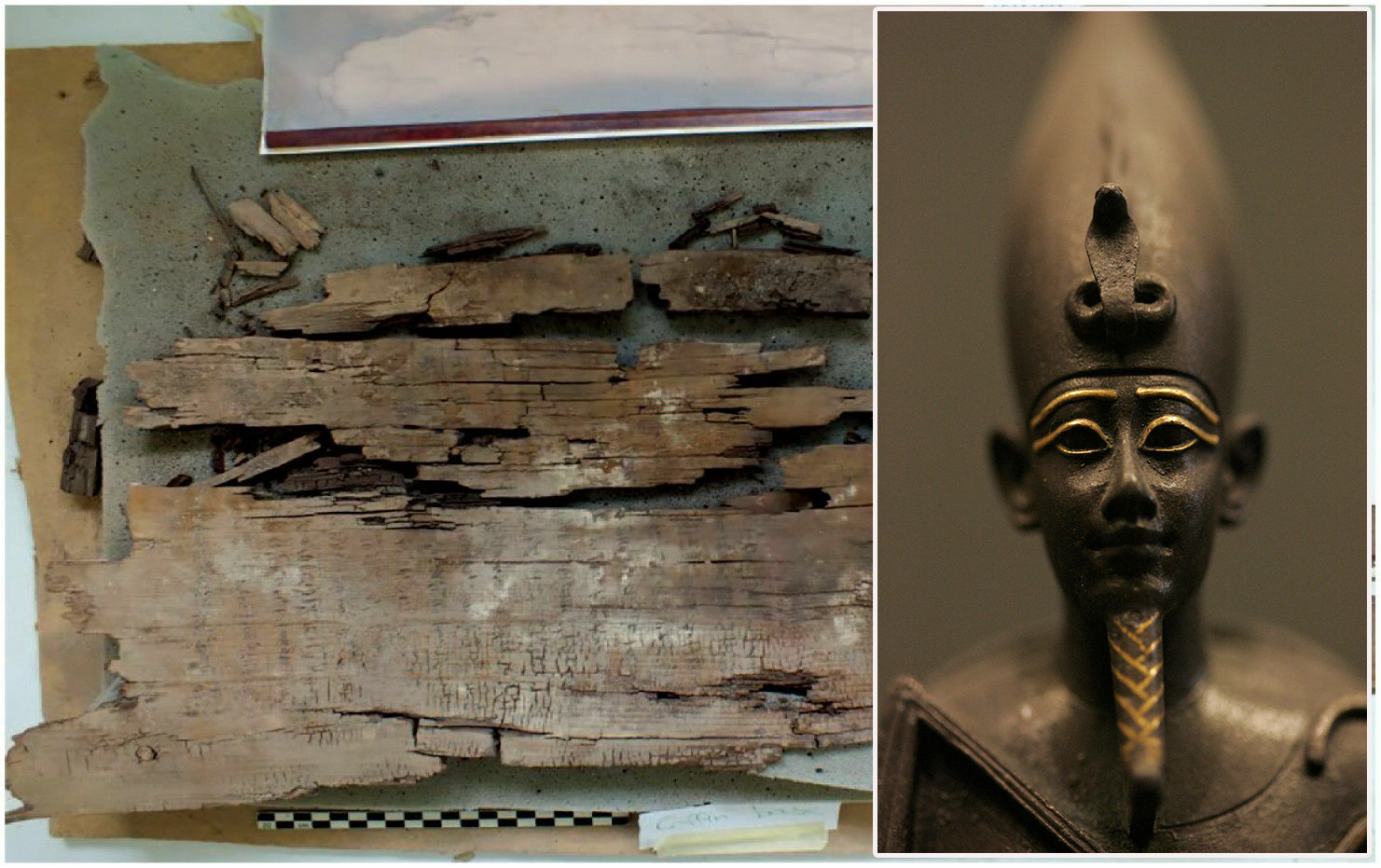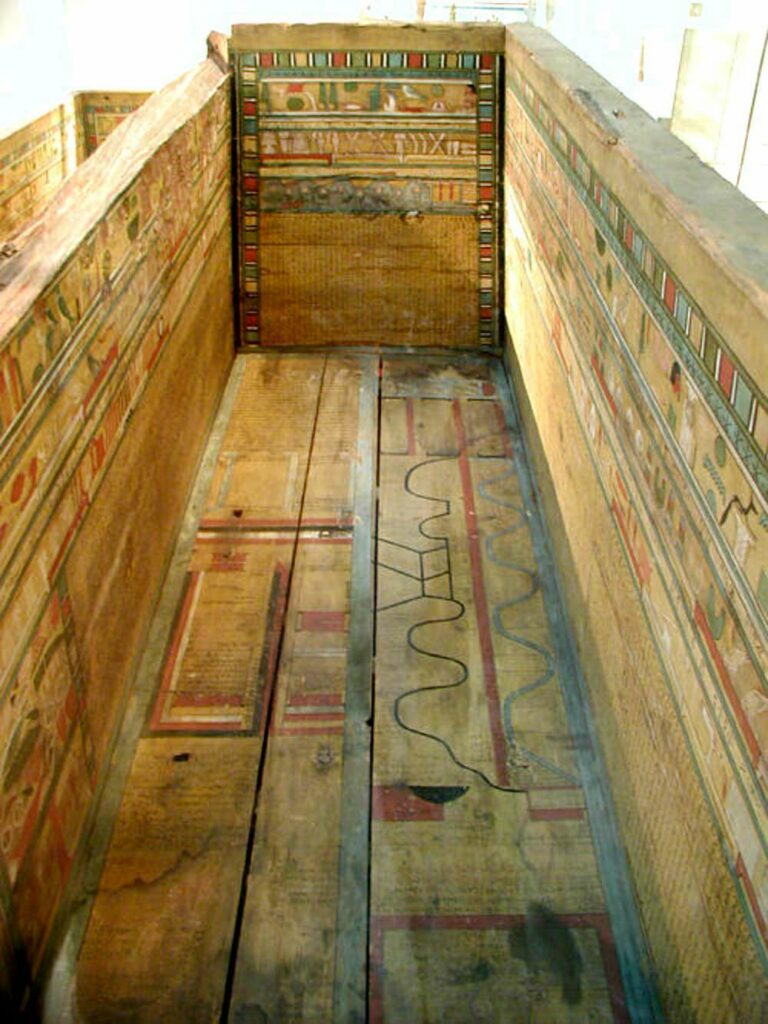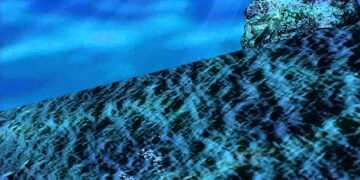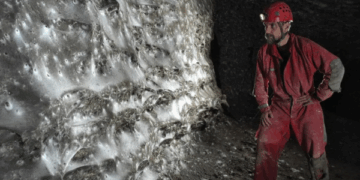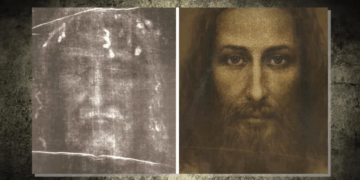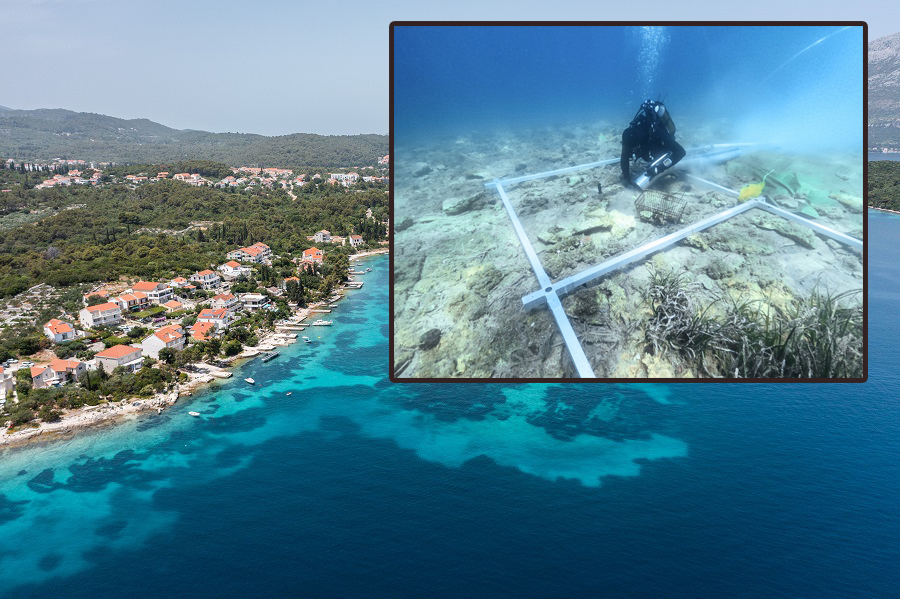“Mount Meru being the domain of the gods, it was recognized as a location of interaction and connection with the heavenly beings themselves,” says Andrew Collins, author of “The Cygnus Mystery.” It’s the gateway between our planet and the realm of the gods.”
“Sigiriya is more or less a duplicate of Mt. Meru to a smaller extent clearly, our ancestors picked this rock and began creating structures at the highest point of it,” says Philip Coppens, author of The Ancient Alien Question.
Is it feasible, as ancient astronaut theorists speculate, that Sigiriya was erected to honor and join with heavenly creatures, the extraterrestrials?
Osiris was the Egyptian underworld king and ultimate judge of all human souls. The Book of Two Ways is part of a much broader corpus of ancient Egyptian mythology known as The Coffin Texts, and is described as “a clear predecessor to later Netherworld writings like the ‘Amduat’ and the ‘Book of Gates.'”
At least 4,000 years have passed since the copy was made. The researchers know this because of inscriptions on the tomb name Djehutinakht I, an ancient nomarch who lived between the 21st and 20th centuries BCE. Although it was originally considered that the casket once held the body of Djehutinakht I, recent research shows that it belonged to Ankh, an unknown aristocratic woman.
All of these volumes are part of a far more well-known tome known as The Book of the Dead, which National Geographic describes as “the whole collection of funerary literature that comprises of afterlife spells.” The Book of the Dead, more exactly, comprises “1,185 spells and incantations,” or “everything a person required to effectively find his or her path in the next life.”
Impatient grave robbers appear to have frequently visited the tomb, scattering many of its contents over the room and removing some of the treasures. However, researchers were able to salvage two wooden panels with some hieroglyphic inscriptions on them. Surprisingly, these text fragments were discovered to represent minor pieces of The Book of Two Ways. Researchers had already uncovered a few other copies of the book, but this one is thought to be the first. Copies of the archaic writing have been discovered on tomb walls, papyri, mummy masks, and other coffins, and were written for Middle Kingdom officials and their subordinates.
The Book of Two Ways goes into considerable length about how to track down the enigmatic Osiris in the afterlife:
“Two zig-zagging roads cross a perilous environment where demonic monsters test one’s progress to ‘Rostau,’ the kingdom of Osiris, a black area ringed by fire and placed at the ‘border of the sky.’ It was thought that anybody who gazed at Osiris’s dead body would never die and that if they arrived in the Field of Offerings and feasted with Osiris, their desires would be fulfilled.”
The problem is that the roads can be perilous, and some of them go nowhere, leaving a soul in pursuit of peace disappointed and no closer to eternal rest than before. The Lake of Fire, which has the potential to either destroy or regenerate the soul, separates the routes as well. The departed traveler must also “overcome the Sun’s ‘fiery court,’ with infinite guardians and demons barring the route with huge walls of stone and fire” along the journey.
However, little is known about the manuscripts and their history, particularly The Book of Two Ways. In some ways, the Book of Two Ways is a soul map. While it may appear to us in the twenty-first century as a map, it was not utilized as one in the traditional sense. Regardless of how it is interpreted, The Book of Two Ways is yet another powerful reminder of how death and the afterlife have always played a significant role in human cultural imaginations.

